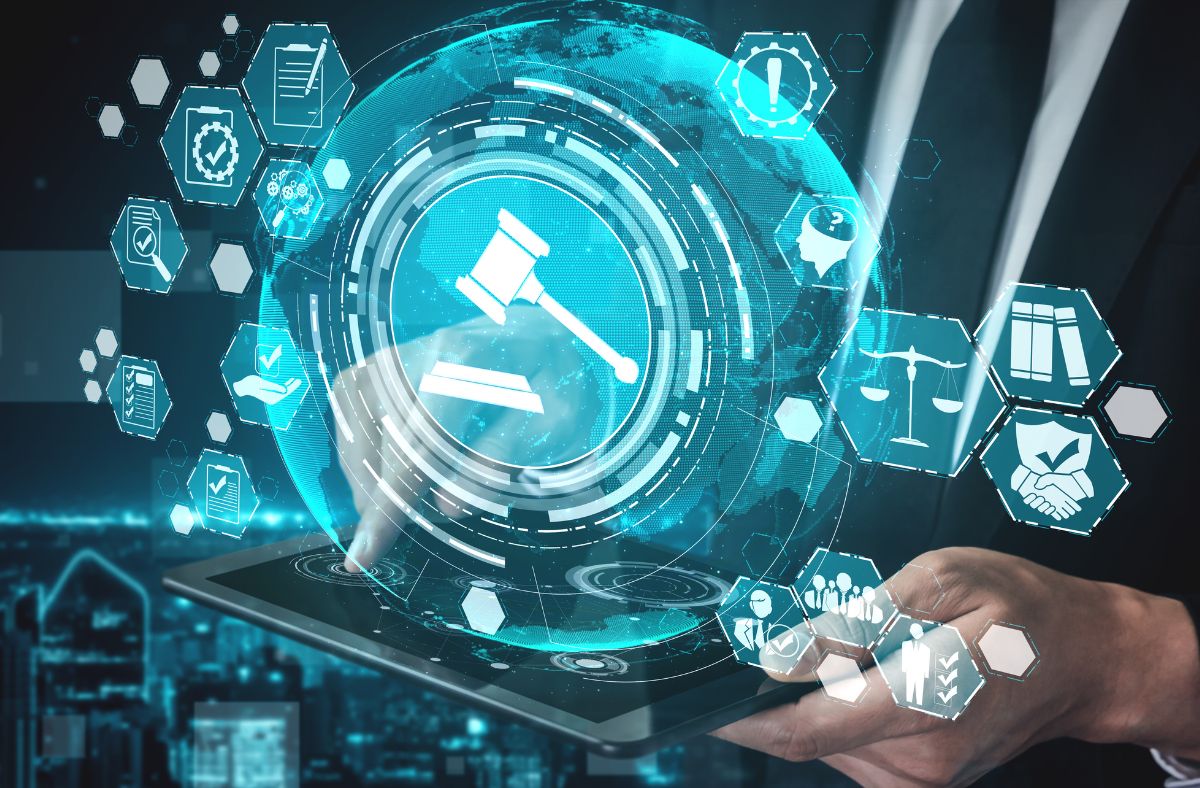AI in eDiscovery: Predictive Coding 2.0 or Something New?
AI was the hot topic at Legalweek 2025, and continues to be a major discussion point in the legal tech and eDiscovery industry. The idea of AI tools to improve searching, legal review, and collection is enticing, but are AI tools just predictive coding 2.0? Is artificial intelligence just the latest tool trying to rapidly change the world of eDiscovery, or will it stick around and make an impact?
Defining Artificial Intelligence
AI is a broad term that includes any tools designed to perform complex tasks like decision-making, creating content, and reasoning. There are immediate possibilities to assist legal teams digging through mountains of emails, documents, and data to find the evidence to make or break a case. AI in eDiscovery promises smarter searches, automated prioritization and tagging, and improved insights and trends.
But there have been big promises before. Remember predictive coding? A decade ago, it was hailed as the future, a way to “teach” machines to spot relevant documents and save time and energy in eDiscovery. Yet, it never fully took off.
With AI stepping into the spotlight, we’re wondering: will it stick around and transform eDiscovery? Or will it stumble like its predecessor? Are courtrooms ready to accept AI in legal cases?
Why Predictive Coding Didn’t Quite Cut It
To understand AI’s chances at drastically impacting eDiscovery, let’s rewind to predictive coding. The concept sounded amazing: train a system by reviewing a few documents, and it would rank the rest by relevance. But it had its struggles. Explaining the concept to non-tech clients or folks in a courtroom, including judges and jury, was a challenge. Saying “the machine learned it” didn’t inspire confidence when no one could say exactly how. Predictive coding still needed human reviewers to check everything, limiting the benefit of time savings.
Lawyers stuck with what they knew, traditional review with simple tools. Predictive coding wasn’t a failure and is still used in some cases. It just never became the game-changer it was hyped to be.
Is AI Different—or Just Predictive Coding 2.0?
AI is both something new, and built on the same ideas as predictive coding. Both predictive coding an the use of AI in eDiscovery aim to use technology to make sense of data. AI offers more capabilities, is more user-friendly, and, crucially, is becoming widely adopted by the general public and not just by tech experts.
Explaining AI
Gathering evidence is only one part of eDiscovery. Lawyers need to be able to explain clearly how and why they made the conclusions they did. This is where AI has a leg up over predictive coding. Saying an AI tool flagged emails based on specific criteria instills more confidence than a vague “the algorithm prioritized them,” with little indication of the how or why. The widespread interest and adoption of AI tools make explaining its role to a judge, team of lawyers, or courtroom even easier.
Will It Stick? A Cautious Yes
AI has a real shot at transforming eDiscovery. Unlike predictive coding, it’s not being oversold as a magic fix, but rather a tool or assistant. It’s not going to do all the work in place of a review team, but it has the potential to speed up searches, spotlight key documents, and allow legal teams to focus on the important pieces.
AI tools are getting easier to use and harder to avoid. They’re integrated into new devices and included as optional features on new software. The increase in the general public’s familiarity with AI tools makes them easier to explain to clients and courts. AI in eDiscovery requires humans to remain in control, and security is a non-negotiable.
A New Era in eDiscovery
AI in eDiscovery isn’t just predictive coding with better branding, it’s possibly a new era in eDiscovery. By keeping it easily explainable, secure, and human-led, AI can avoid the pitfalls of predictive coding. AI is not meant to replace reviewers or decide cases (at least not yet). AI tools can speed up the review process, increase efficiency, and make searches with tight deadlines less overwhelming. By balancing innovation and accountability, the legal industry can embrace AI as a tool more than it has embraced predictive coding. Understanding the role and the limits of AI tools can allow AI in eDiscovery to have a lasting impact.
